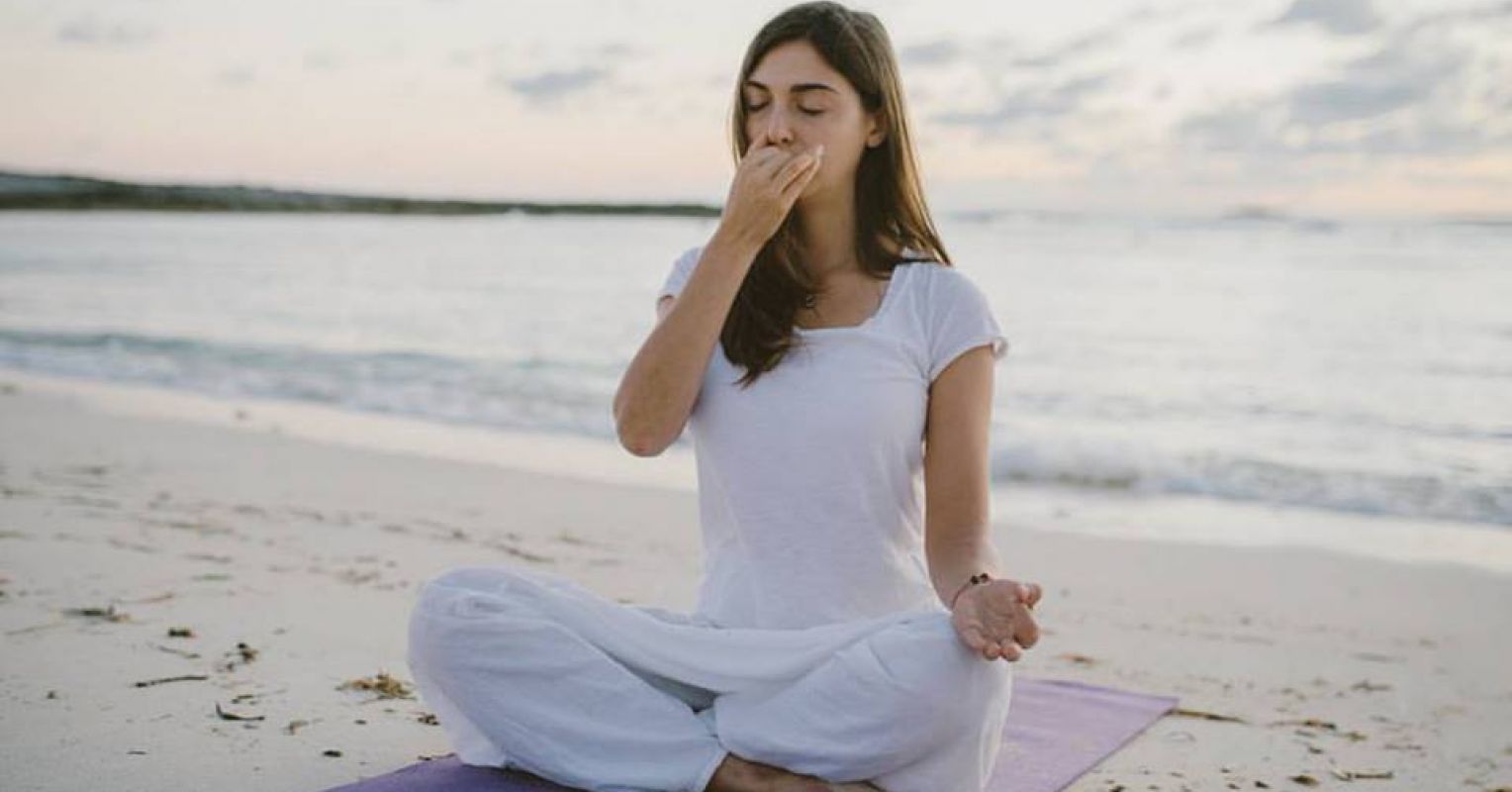
Stop breathing.
Absurd, did you say?
It’s that involuntary act we engage in constantly. It’s a marker that signifies that something still possesses life. The moment a physical entity stops breathing, it is deemed useless and is discarded, though with some fanfare. Nobody wants to touch something that is dead. And all because breathing has stopped.
I asked ChatGPT how many inhalations and exhalations one might have in an average lifespan. ChatGPT come up with 48,042,000, assuming 16 breaths a minute and an average lifespan of 80 years,
And we hardly notice.
And yet, breath is that invisible dashboard that gives vital clues about our state of mental and physical health.
In the first section of the Yogasutras, Patanjali speaks of being aware of multiple possible distractions on the path of Yoga. And when that happens, we say that the first sign of an unquiet mind is shallow breathing. Anxiety sweeps your awareness, your pupils dilate, you despair for a solution that makes sense to you at that time.
Being aware that your breath is the first signal of a problem, you can then make an effort to control the situation by working on it first. Catch that rapid breathing and slow down. Take a deep – very deep – inhalation. Then hold your breath for an extended period. And then release slowly.
As you do that, you can also observe the relaxation of many facial muscles. You probably didn’t even know that they were tight and rigid, respondingto your staggered breathing while you grappled with anxiety and stress. And so, when you direct your attention to the management of your breath, your muscles respond too.
Don’t believe me? Observe the faces of gentle people who seem calm and content. They breath with ease, very slowly. And their faces have an aura. The sense of calm emanates from relaxed muscles at rest on the face, induced by very slow and measured breathing.
The fourth limb of Yoga is Pranayama. Prana is that invisible energy that symbolizes life. When the body relinquishes life, we say that the Prana has departed. Thus, the idea is to sustain life through better breath management.
Animals that breath rapidly live short lives. Others that take their time live longer. It is improbable that someone human who is highly agitated and tense most of the time – which then is reflected in staggered, uneven breath – will live beyond 75 or 80 years. But those who have taken the time to closely focus on the intake, retention and then expelling of breath are likely to have a longer life span.
Interestingly, Pranayama has many variations – too many to list, in fact. However, we can look at four components:
The first: Inhalation – close your eyes and observe the process of air entering one or both nostrils. Check to see if you can make it a smooth intake, with a barely discernible hiss.
The second: Holding – this is when you hold the breath within for gradually increasing periods of time. These are where, in my experience, you get glimmers of indescribable understanding of the grand scheme of things.
The third: Exhalation – when you observe the hiss of air leaving your nostril, taking away negativity.
The fourth: Suspension of inhalation and exhalation for extended periods of time.
There are many stories of advanced yogis who have mastered all four components. An ascetic, Haridas, was known to have suspended breathing for forty days. This story was documented by Claude Wade, while visiting the court of Maharaja Ranjit Singh in Lahore. Dhruva was known to have stopped breathing while focussing on God. These possibilities are intuitively understood and acknowledged by most Indians.
Mastering the science of breath can only begin when the previous branches of Yoga are mastered – specifically Yama, Niyama and Asana. And in itself, Pranayama is an important prelude to Pratyahara – the withdrawal of senses.
Those who spend time concentrating on the beauty and rhythm of breath experiment with something indefinable subtle and beautiful. They get piercing insights into the irrelevance of events and master the need to spontaneously react to any situation. As the mind turns its focus on the movement of prana through the nostrils, there is also an accompanying introspection. Important questions germinate and perhaps answers too. Anger and excitement, the ingredients that cause breath to lose its fluidity, are contained and reduced to nothing.
Anxious? Angry? Worried? Sad? Your breath is the first to be impacted. Gain control of your life. Manage your breath and dominate all the negative intrusions in your life. Let that inhalation, holding and exhalation be long and prolonged. Observe the inner light as our understanding of profound truths become brighter.
Vasudev Murthy is the author of Yogasutras Simplified: A soul-searching adventure with Patanjali. He is a management consultant and yoga practitioner based in Bangalore and can be reached at vmurthy@hotmail.com